7 Shaft Mistakes Golfers Make
We highlight 7 common mistakes many golfers make when it comes to their shafts
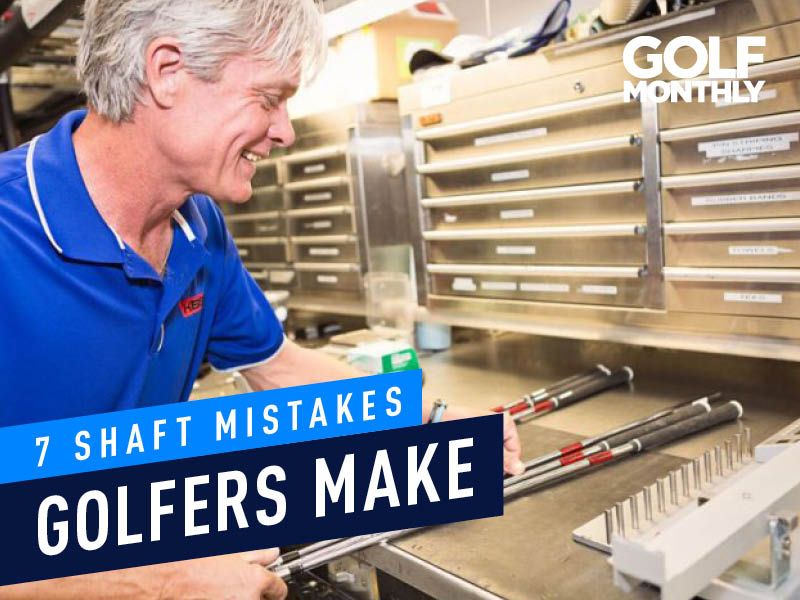
Think the shaft is overrated? Think again. Here, we highlight the common misconceptions around the importance of the shafts in your golf clubs
7 Shaft Mistakes Golfers Make
Shaft Buyers' Guide
Here, we highlight the most common errors golfers make when it comes to the shafts in their clubs. Do you fall foul of any of the seven below?
7 Shaft Mistakes Golfers Make
1. I don’t need to be fitted for shafts
Shafts are so much more than merely the method of connecting the grip to the clubhead. Often described as the engine of the golf club, they play a big part in how the ball launches, spins and flies through the air. They can also affect the quality of the strike and the feel the golfer has during the swing. This comes down to not only the material, weight and flex of the shaft but also it’s EI profile – a measurement of the stiffness along various points on the shaft. Suffice to say that if you’re a serious golfer, you need to be fitted for all the shafts in your clubs - the good news is that a fitter will understand how different shaft profiles will help different players and taking into account, not only your swing speed, but your tempo and clubhead delivery as well, is all part of the process in finding the right option for you.
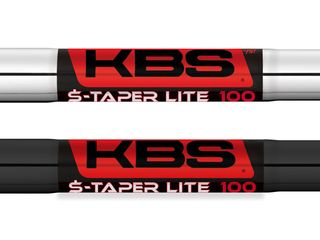
2. I need the shaft that hits the ball the furthest
Many golfers want to hit their iron shots further, but this can sometimes come to the detriment of accuracy or consistency so be sure to choose a shaft that provides an element of both. Stiffer shafts tend to make the ball fly lower and not miss as much to the left, conversely softer shafts tend to flight the ball higher. Lighter shafts will often lead to faster clubhead speed as well as a higher ball flight. With irons, getting the ideal combination of spin and trajectory is essential through a shaft that also helps produce consistent carry distances and reduces your common miss.

3. Graphite shafts are for senior players
Graphite shafts are lighter than steel shafts, which - when it comes to irons - makes them more suitable for older players who perhaps don’t have the strength or power in their swing they used to have. But some golfers of different ages will prefer the feel of a graphite shaft, as lighter doesn’t necessarily mean it has to play softer than steel shafts. Graphite shafts dampen the vibration from the clubhead at impact a little more than steel, which is ideal for golfers recovering from wrist injuries or for those who prefer a smoother ‘hit’. There are even some tour players that use graphite shafts in their irons, one reason being that it allows them to practice for longer. So don't rule graphite shafts out when it comes to upgrading your irons.
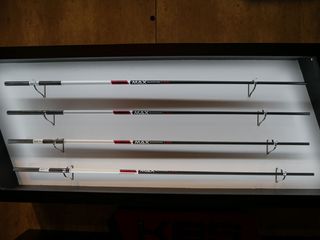
The KBS MAX Graphite shaft is designed for higher handicappers seeking a lighter shaft to make it easier to produce a higher trajectory. It is available in 45, 55, 65, 75- and 85-gram weights to match a player’s swing speed.
4. You need the same shaft in your wedges as your irons
Wedges are your scoring clubs so you need to have maximum control to give you the best chance of hitting the ball close. By altering the design of the shaft specifically for wedges, manufacturers could make up for the loss of spin that came from the introduction of the groove restriction rule in 2010. Typically, a wedge shaft has a softer, more active tip section (the area closest to the clubhead). This increased flexibility in the lower end of the shaft increases the loft presented to the ball at impact but also makes the attack angle steeper – two key ingredients for increasing backspin. There are also different flex profiles available that flight the ball differently depending on your preference. A softer shaft in your wedges compared to your irons will also give you better feel on partial wedge shots like pitches.
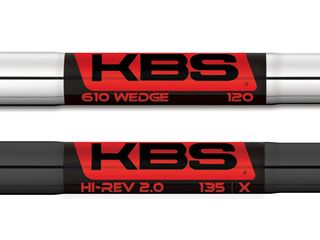
5. You need the same shaft in your hybrids as your driver and fairway
Hybrid shafts tend to be a shorter, heavier version of the same make and model of shaft in your driver and fairway wood for consistency. While this will work for some golfers, others like their hybrid to feel and play a little different, more like a long iron. There are many alternatives out there now that offer different launch and feel characteristics to help either stop the ball more effectively into greens or provide a stronger, longer ball flight off the tee. A common complaint of hybrids is that they miss to the left; a hybrid-specific shaft can prevent this from happening.
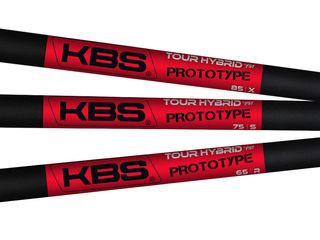
6. The shaft can’t help high handicappers
Getting the right shaft can help all abilities of player. A slower swinging player will often benefit from the lighter, higher-launching shaft that often comes as the stock option in game improvement irons but newcomers with faster swing speeds will need to combine the forgiveness from the head with a more appropriate shaft profile that optimizes the ball flight and spin. This will likely be something a little heavier or stiffer to create a more controllable trajectory.
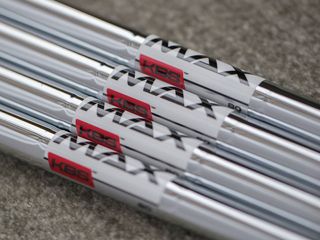
7. The putter shaft isn’t important
When you strike a putt, especially from long range, there’s more stress placed on the shaft than you might think and this can affect the launch of the ball and therefore the way the ball rolls and how far it travels. Stock steel putter shafts are similar to iron shafts in that that have a reinforced section at the bottom to reduce the ‘kick’ or movement during the collision at impact. You need your putter shaft to feel stable as this allows you to maintain good control of the clubface and there are more options out there than you might think. The length of the shaft is also key as it will determine your posture and in turn where your eyes are positioned over the ball, which can affect your ability to aim.
Related: KBS CT Tour Putter Shaft

Be sure to follow Golf Monthly across all the major social media platforms to keep up to speed on the latest tour news, equipment reviews and instruction tips.
Get the Golf Monthly Newsletter
Subscribe to the Golf Monthly newsletter to stay up to date with all the latest tour news, equipment news, reviews, head-to-heads and buyer’s guides from our team of experienced experts.
Articles created in partnership with KBS.
-
 Augusta National Women's Amateur 2025 Picks, Odds And Predictions
Augusta National Women's Amateur 2025 Picks, Odds And PredictionsThe Augusta National Women's Amateur returns for a sixth time, and many of the leading female players from all over the world will do battle in Georgia
By Jonny Leighfield Published
-
 PGA Tour Pro Wraps Up Masters Spot In Incredibly Tight Affair
PGA Tour Pro Wraps Up Masters Spot In Incredibly Tight AffairMichael Kim edged out Ben Griffin to qualify for The Masters via his world ranking following a tense battle between the pair in the Houston Open
By Mike Hall Published